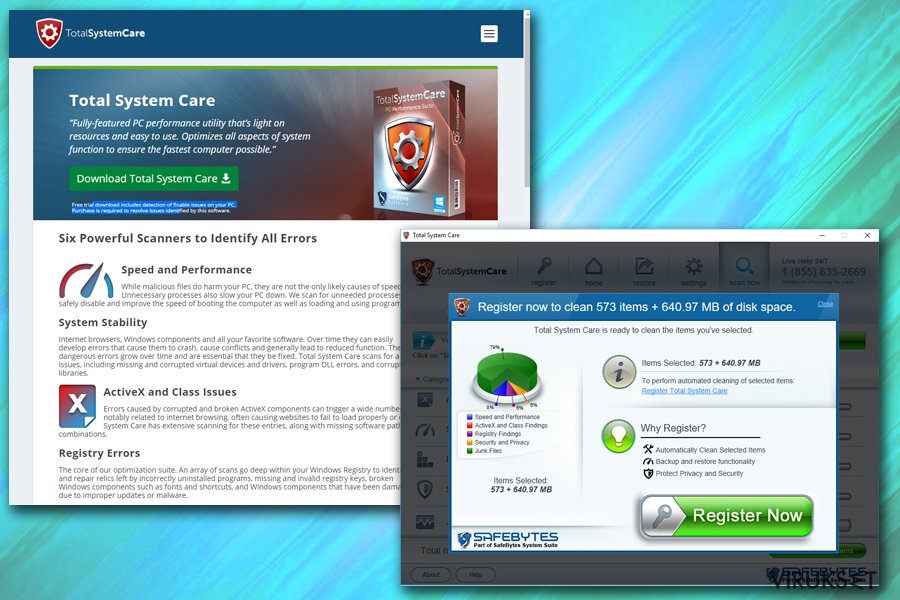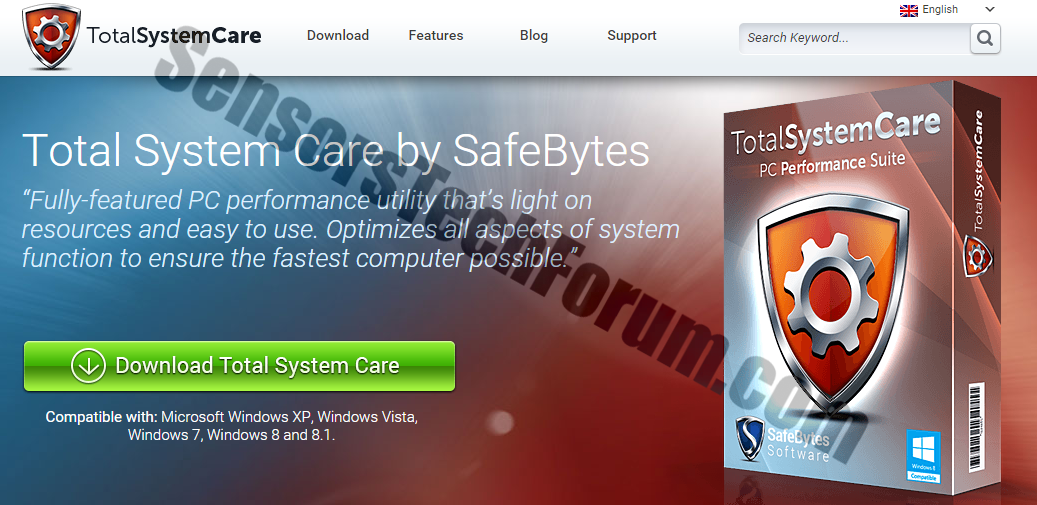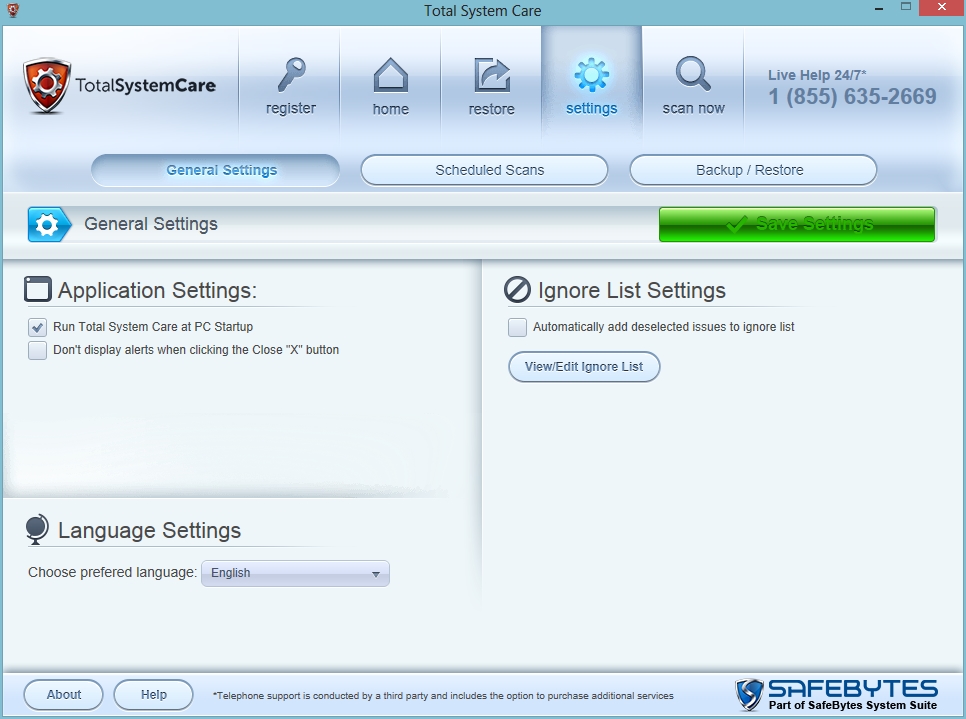

It seems clear by these comparisons that US health care–related administrative expenses are high. As a result, much of the contemporary administrative expense literature focuses on comparisons with comparatively more frugal nations, as well as analysis of “wasteful” administrative expenses. 2, 3 In a new study, Sahni et al 4 estimated that administrative spending was $950 billion in 2019, of which 94% was in 5 functional focus areas: financial transactions ecosystem, industry-agnostic corporate functions, industry-specific operational functions, customer and patient services, and administrative clinical support functions.Įven though administrative costs are often portrayed as inherently wasteful, some administrative activities, such as patient scheduling or staff hiring, would be required to manage any system. 1 Billing and coding costs, physician administrative activities, and insurance administrative costs are the primary drivers of these expenses.




 0 kommentar(er)
0 kommentar(er)
